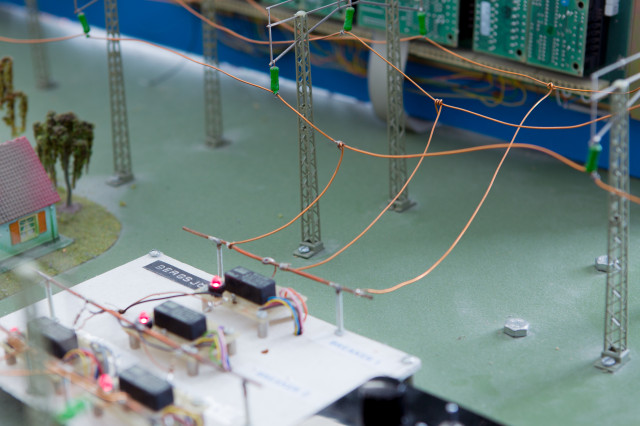The course covers quantitative methods to analyse and prevent risks of failure in electric power systems, and demonstrates practical examples.
The teaching is concentrated to three course components and a final seminar. The different course components have the following focus:
• Models: basic methods and techniques
• Analysis: input data, approximate methods and tools
• Results: cost efficient strategies and instruments for economic incentives. The following activities are part of the course:
• Work with project assignment individually or in pairs. The problem formulation should relate to a real situation and preferably connected to your area of work/studies, written report.
• Lectures where different methods for reliability analysis are presented and examples of application are shown for electric power systems.
• Guest lectures where invited speakers from the industry demonstrate results where reliability analysis have been used.
After passing the course, the student shall be able to
• describe the fundamental definitions and concepts for reliability assessment
• analyze a system and its components using the following techniques for reliability assessment: network modelling for the analysis of systems of independent components (including effect of redundancy), methods for identification of component importance, Markov modelling, lifetime models
• analyze an electrical distribution system with the above described methods with tools such as, e.g., NEPLAN
• describe how reliability is treated in the regulation
• carry out a life cycle cost analysis LCC (Life Cycle Cost)
• integrate sustainability and resilience impact in asset management decisions.
• formulate a reliability centred maintenance plan following so called Reliability Centered Maintenance, RCM, and give an account of the more advanced method Reliability Centered Asset Management, RCAM.
in order to be able to use reliability analysis as a tool for decision support at development, operation and maintenance of electric power systems.
